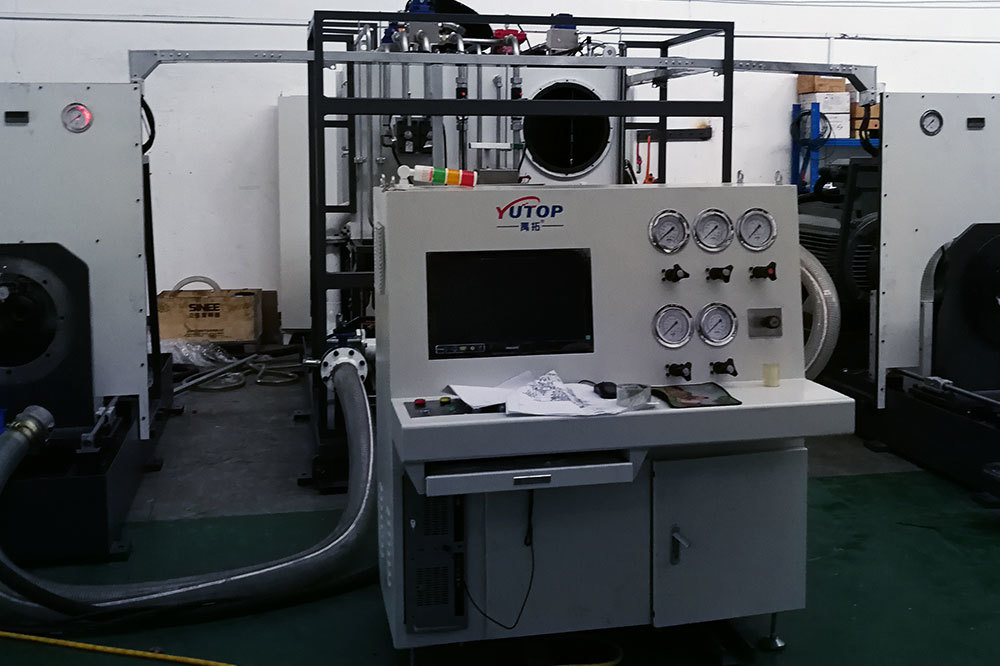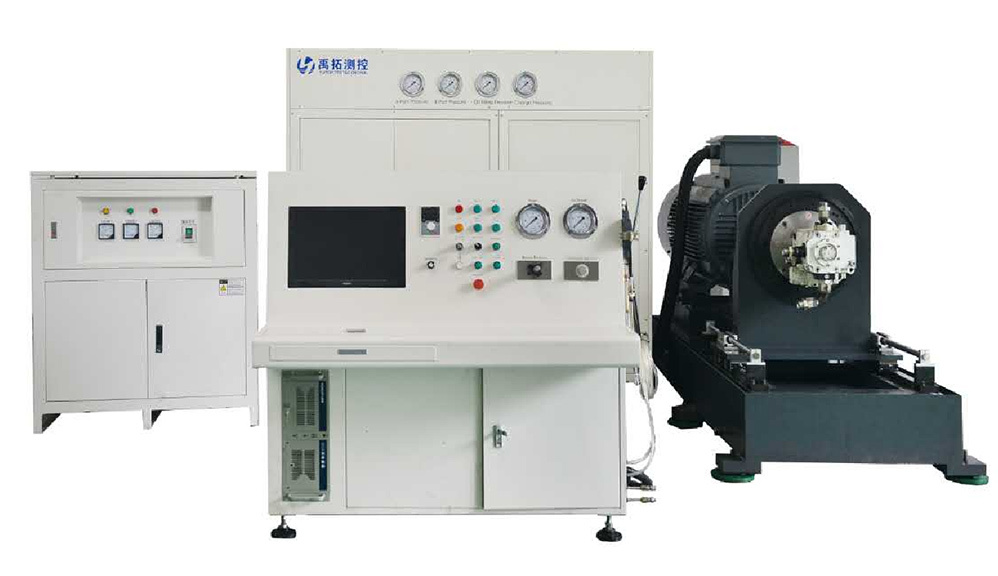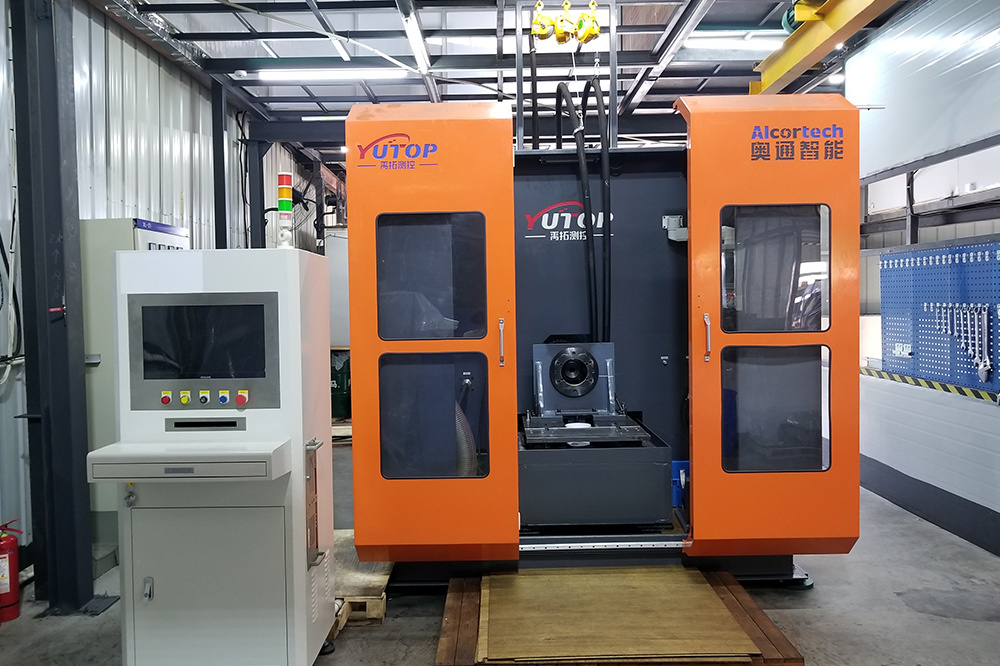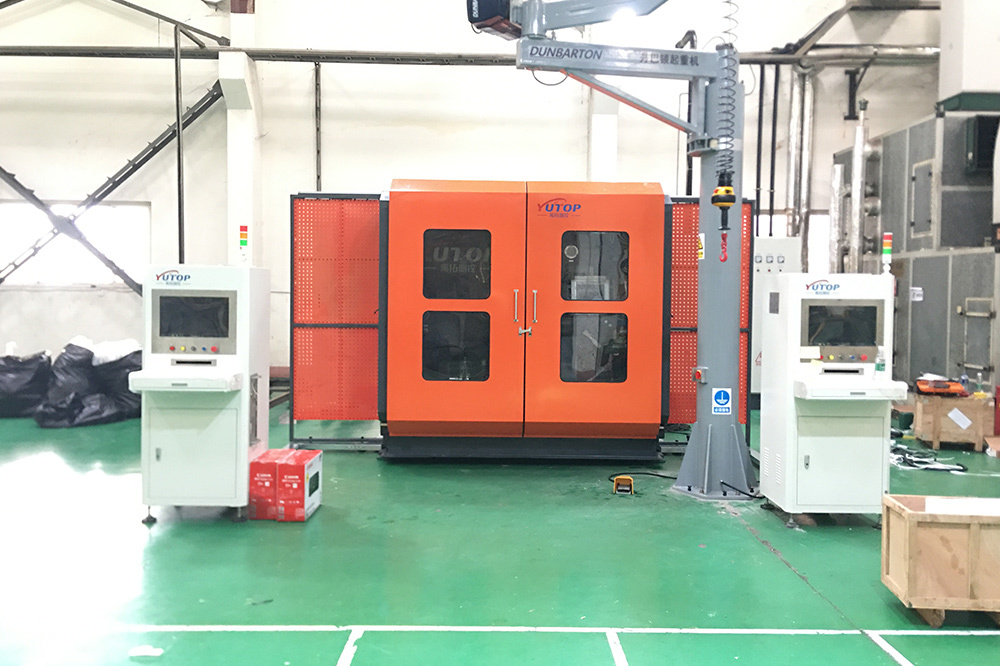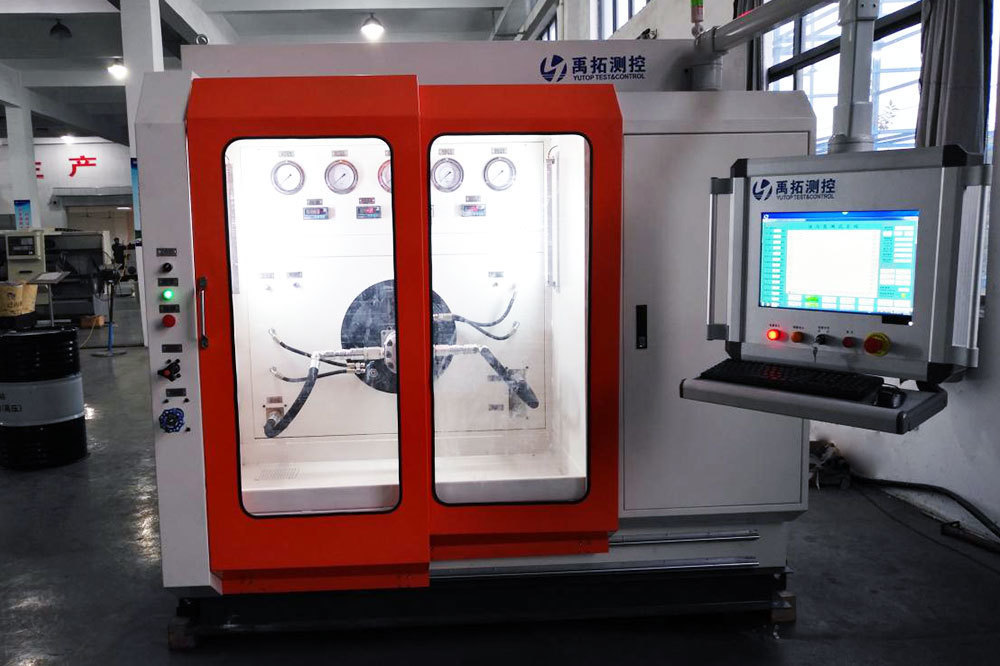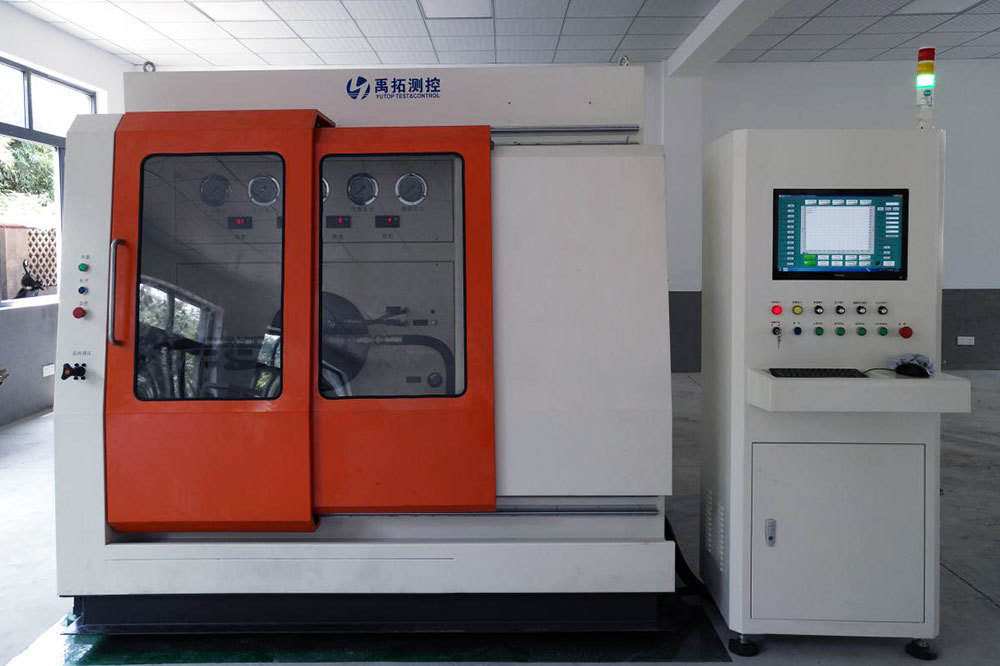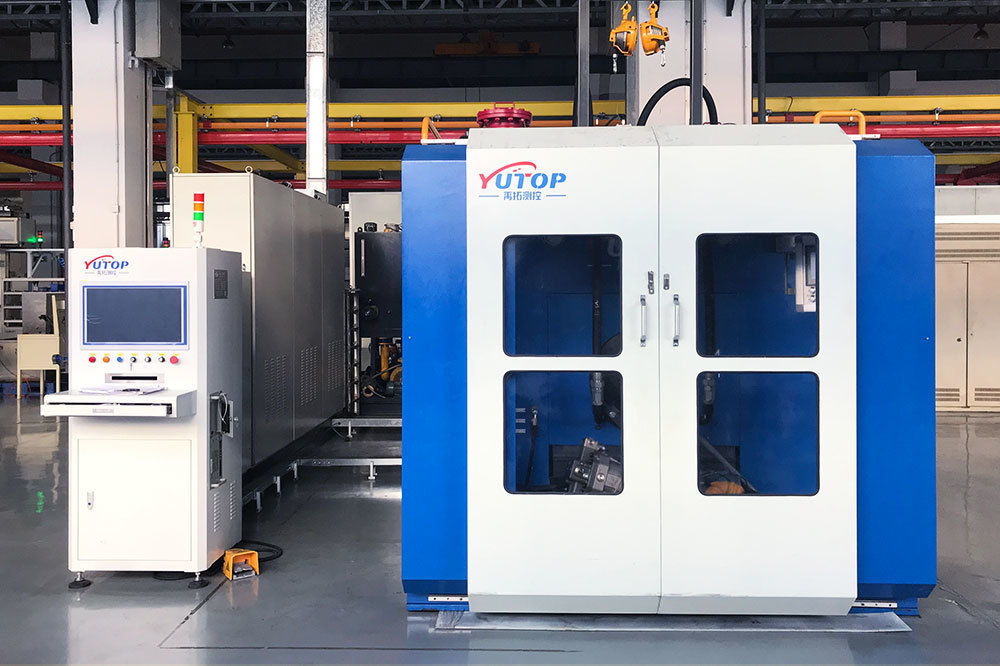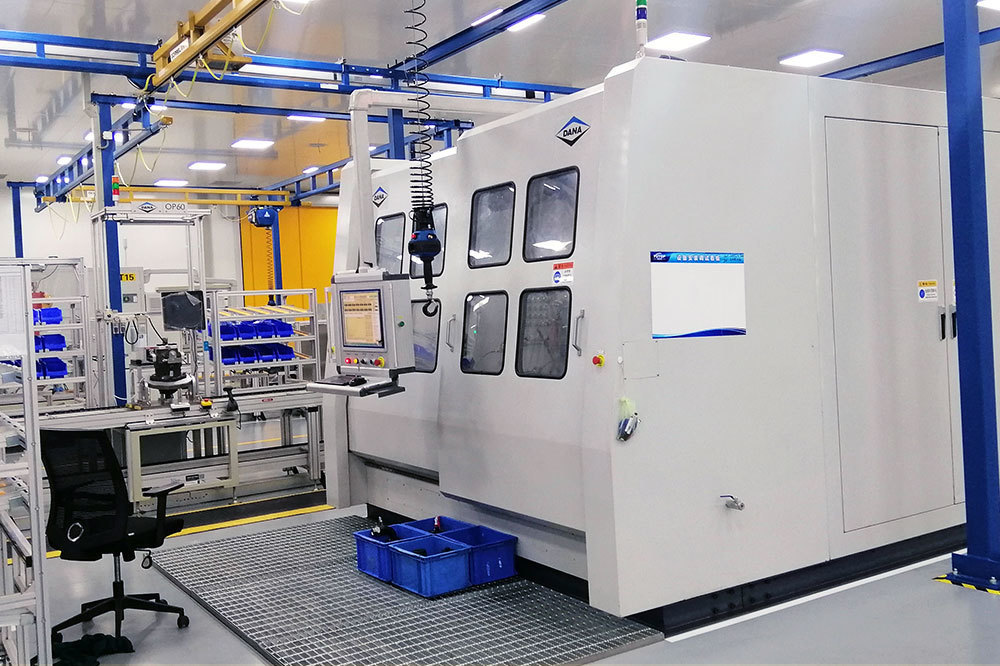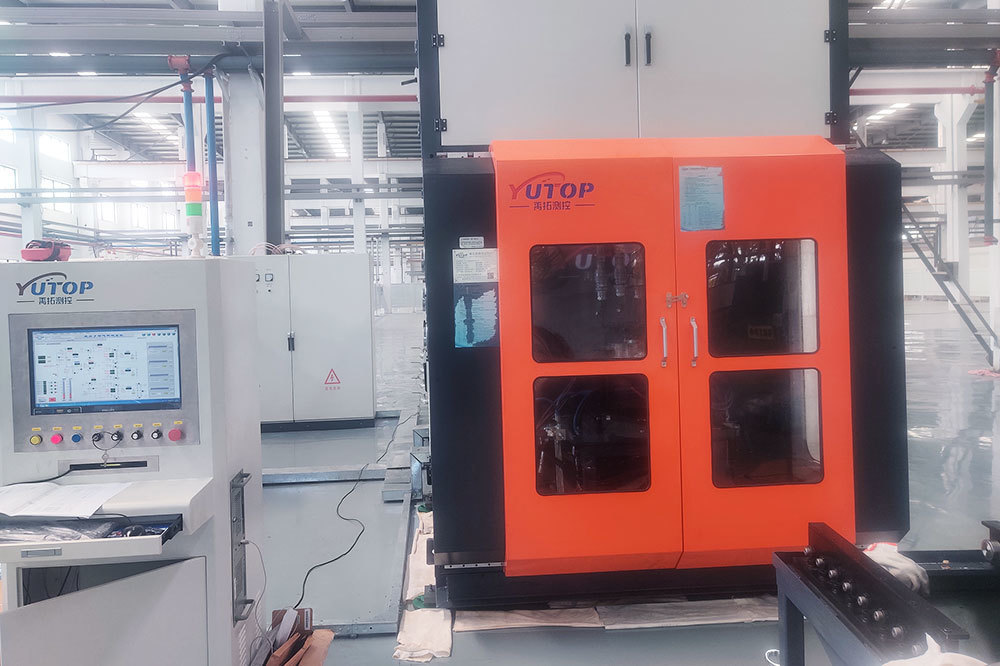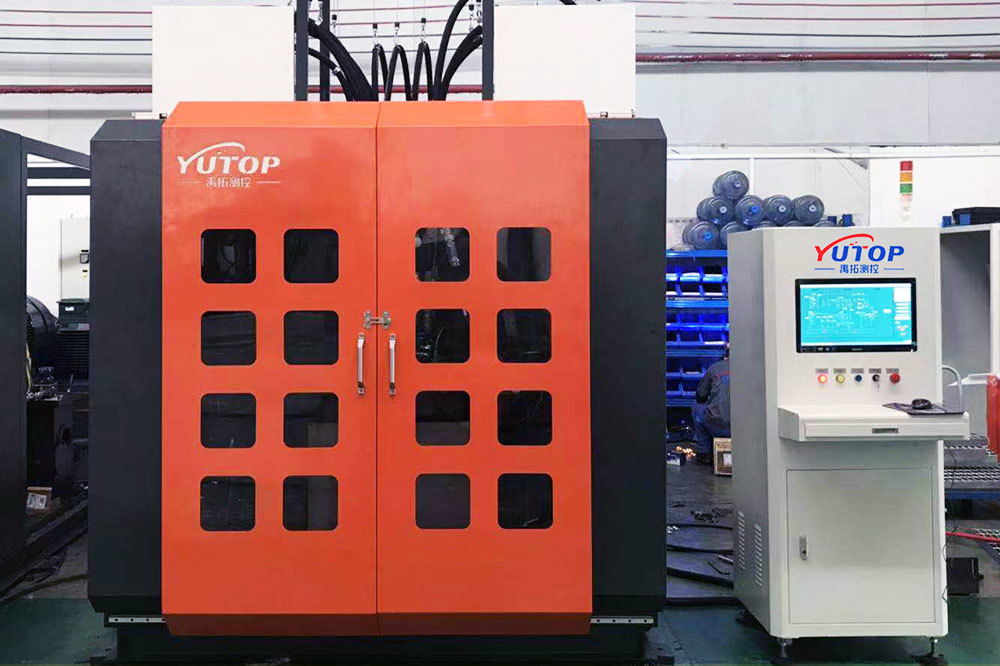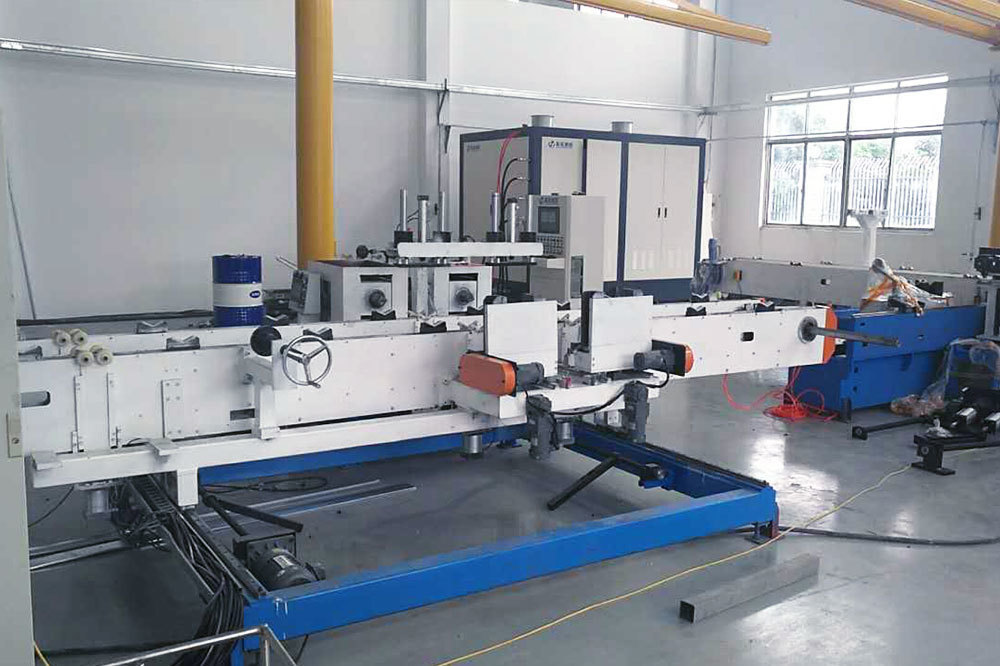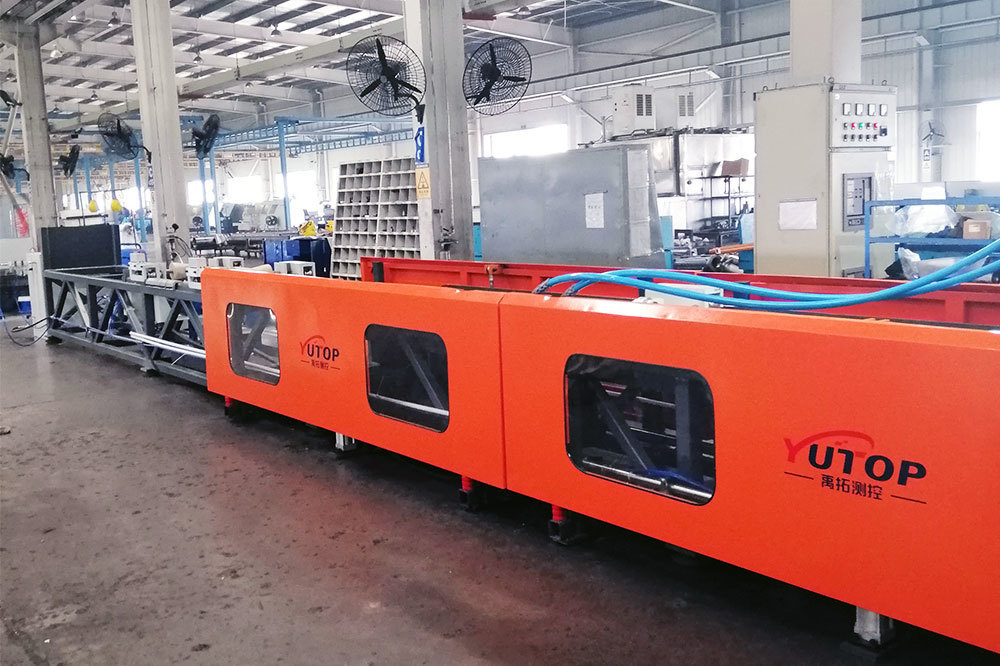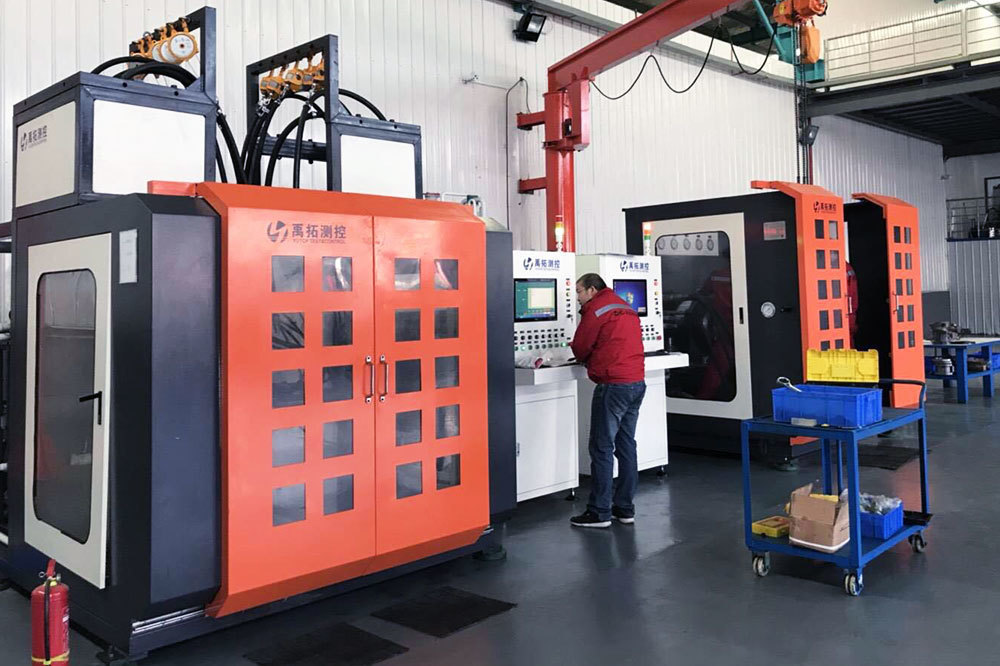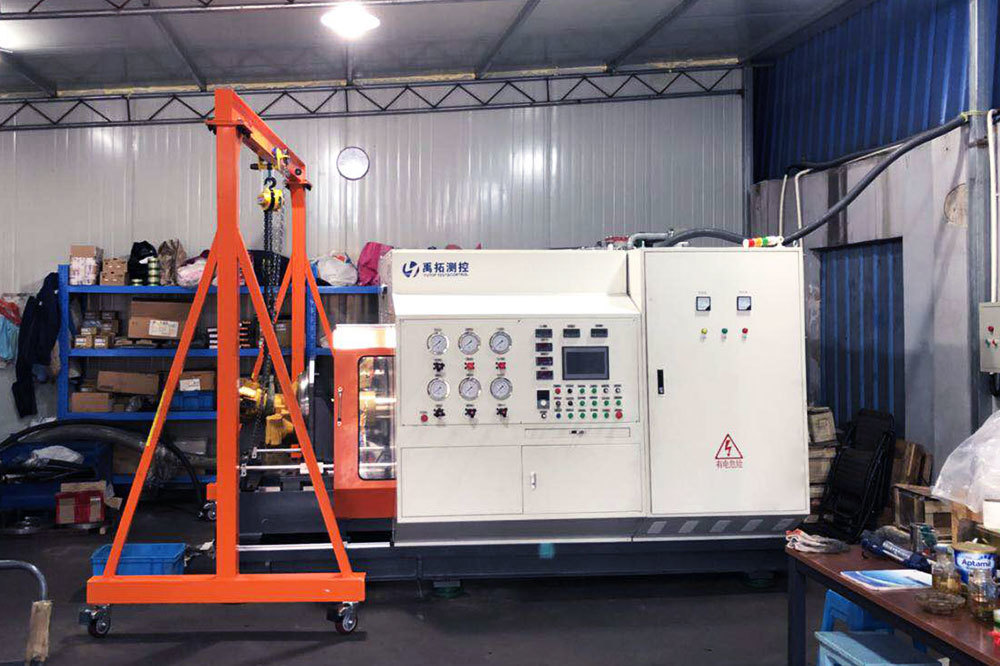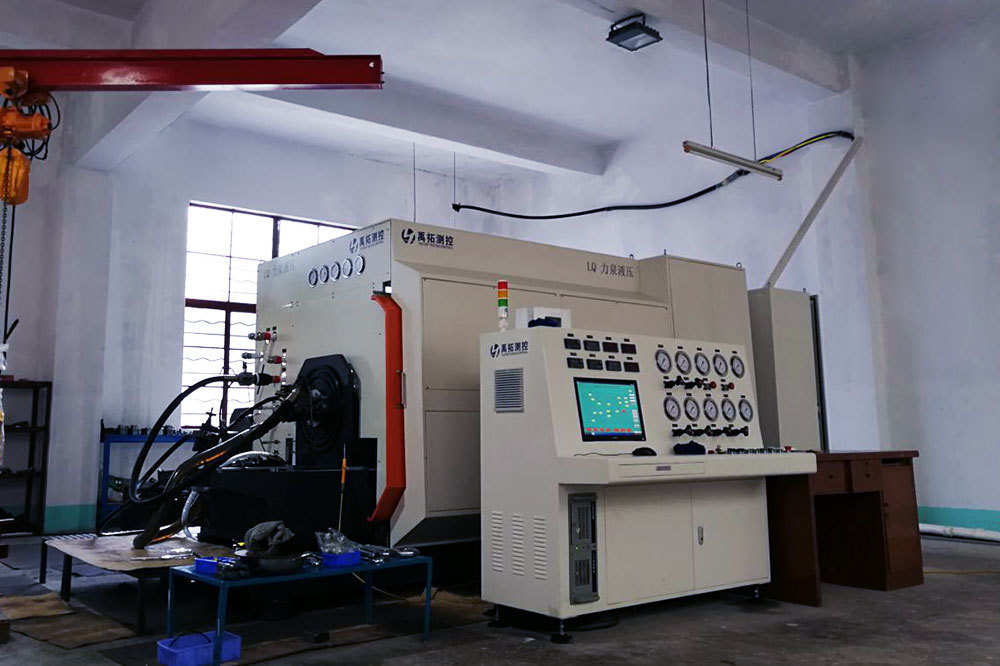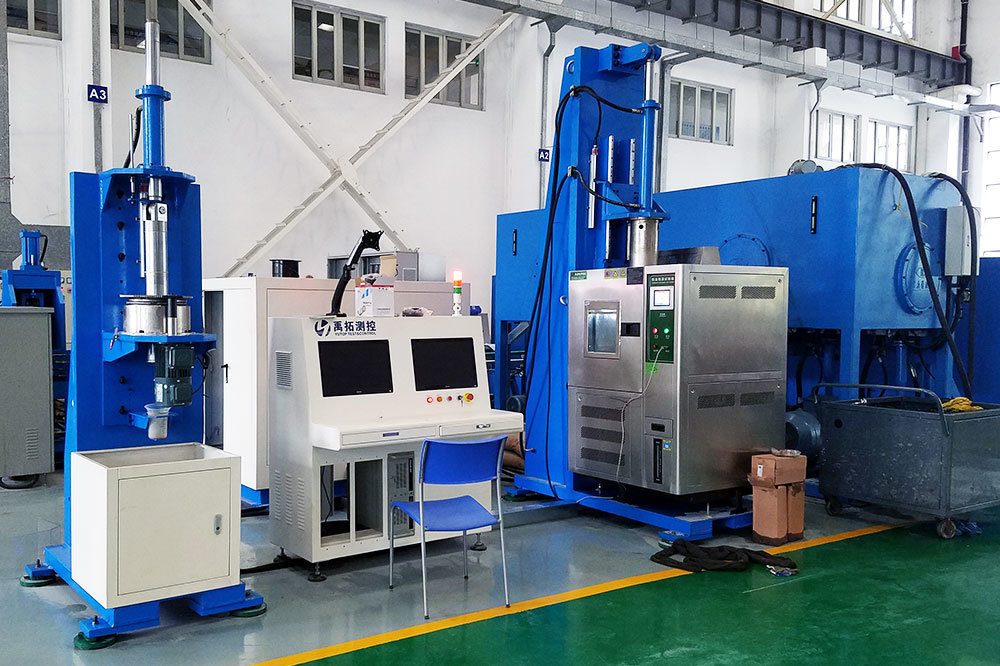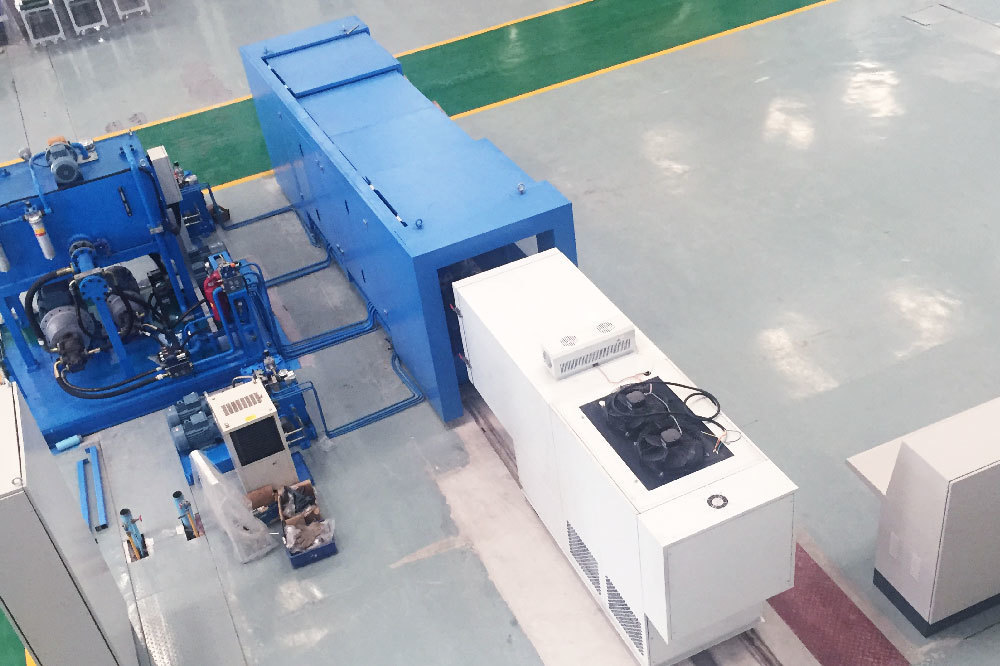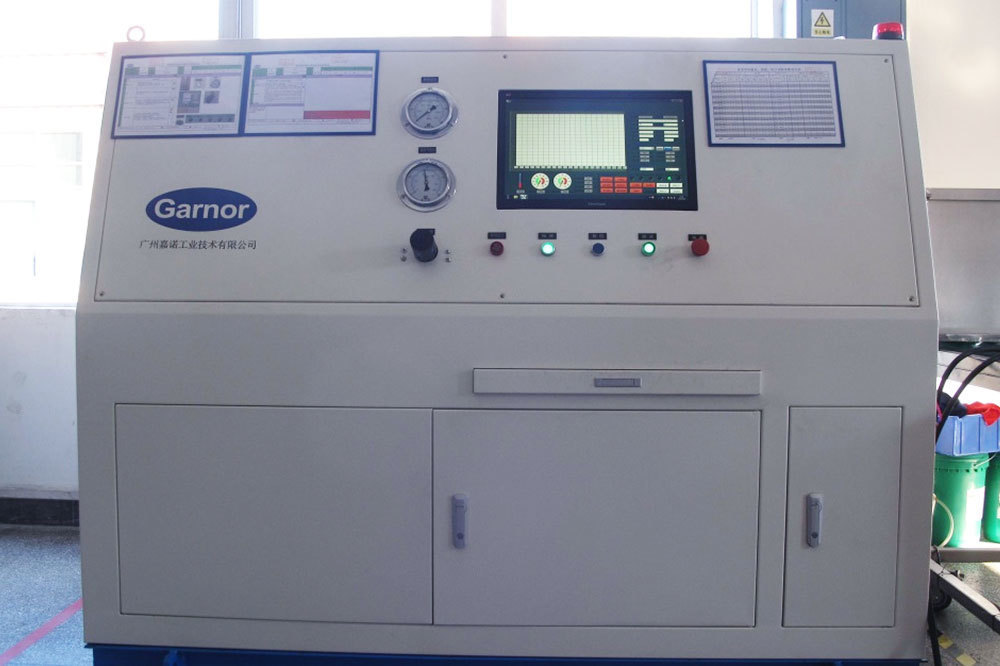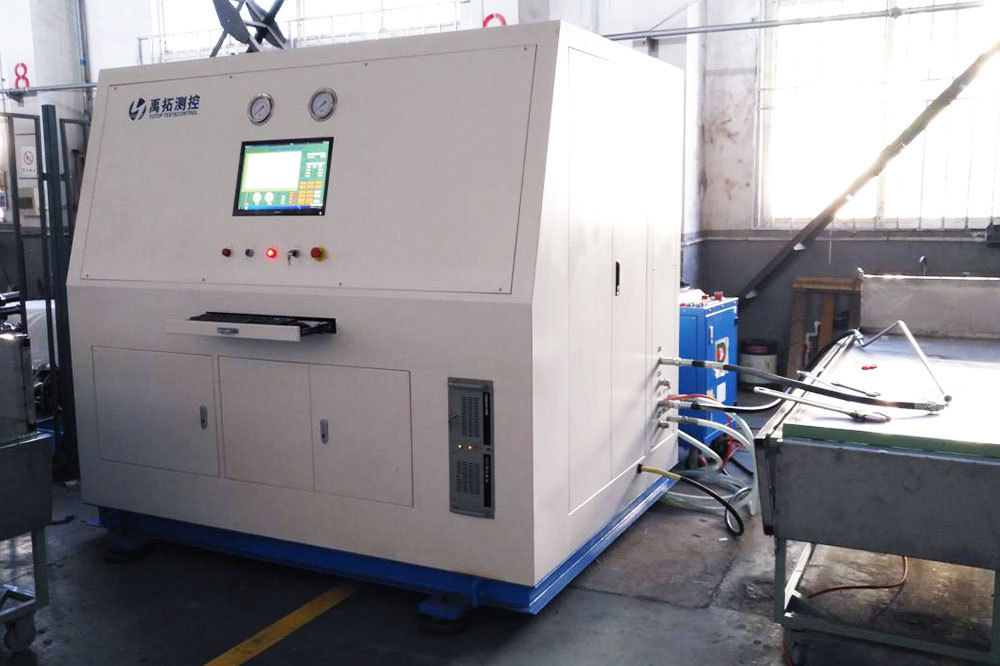Understanding the Importance of a Gear Pump Test Bench in Industrial Applications
Understanding the Importance of a Gear Pump Test Bench in Industrial Applications Table of Contents 1. Introduction to Gear Pump Test Benches 2. How Gear Pumps Function: A Brief Overview 3. The Significance of Gear Pump Testing 4. Key Features of a Gear Pump Test Bench 5. Industrial Applications of Gear Pump Test Benches 6. Benefits of Utilizing a Gear Pump Test Bench
Oct 12,2025
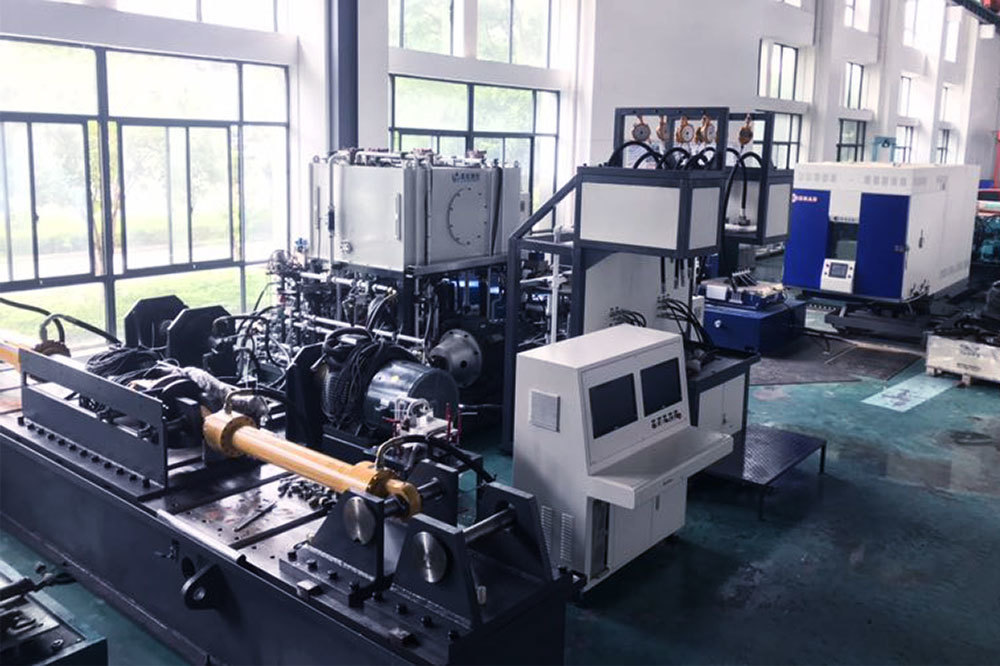
Understanding the Importance of a Gear Pump Test Bench in Industrial Applications
Table of Contents
- 1. Introduction to Gear Pump Test Benches
- 2. How Gear Pumps Function: A Brief Overview
- 3. The Significance of Gear Pump Testing
- 4. Key Features of a Gear Pump Test Bench
- 5. Industrial Applications of Gear Pump Test Benches
- 6. Benefits of Utilizing a Gear Pump Test Bench
- 7. Best Practices for Operating Gear Pump Test Benches
- 8. Common Challenges in Gear Pump Testing
- 9. Future Trends in Gear Pump Testing Technology
- 10. Frequently Asked Questions
- 11. Conclusion
1. Introduction to Gear Pump Test Benches
In industrial environments, ensuring the efficiency and reliability of machinery is paramount. **Gear pumps** are ubiquitous in various applications due to their capacity to handle high viscosities and deliver consistent flow rates. A **gear pump test bench** is essential for evaluating the performance of these pumps under varying conditions. This article delves into why gear pump test benches are crucial for achieving operational excellence, focusing on their functionalities, applications, and benefits.
2. How Gear Pumps Function: A Brief Overview
To appreciate the importance of a gear pump test bench, it's essential to understand how gear pumps work. Gear pumps utilize two or more gears to transfer fluid through a chamber, creating a vacuum that draws liquid in and pushes it out. The basic components include:
- **Gears:** Typically made of metal or reinforced plastic, the gears mesh together to create an enclosed space for fluid transfer.
- **Housing:** The outer casing that holds the gears, ensuring proper alignment and sealing.
- **Inlet and Outlet Ports:** The pathways for fluid entry and exit.
The simplicity of their design allows gear pumps to operate efficiently, but even minor defects can lead to significant performance issues. This is where a test bench becomes invaluable.
3. The Significance of Gear Pump Testing
Testing gear pumps is critical for several reasons:
- **Performance Validation:** Ensures that the pump meets the required specifications and performance standards.
- **Failure Prevention:** Identifies potential issues before they lead to pump failure, saving time and costs associated with downtime.
- **Quality Assurance:** Helps manufacturers maintain consistent quality in pump production, enhancing customer satisfaction.
Regular testing on a gear pump test bench can lead to increased longevity of the equipment and higher operational efficiency.
4. Key Features of a Gear Pump Test Bench
A gear pump test bench is equipped with several features that facilitate thorough testing, including:
- **Flow Measurement Systems:** Accurate measurement devices to assess flow rates under different conditions.
- **Pressure Monitoring:** Sensors to monitor discharge pressure, ensuring that pumps operate within safe limits.
- **Temperature Control:** Systems to maintain optimal temperature during testing to simulate real-world conditions.
- **Data Acquisition Systems:** Advanced software to collect, analyze, and store performance data for further evaluation.
These features enable engineers to conduct comprehensive tests that yield actionable insights into pump performance.
5. Industrial Applications of Gear Pump Test Benches
Gear pumps are utilized in various industries, including:
- **Oil and Gas:** For transporting crude oil, refined products, and various chemicals.
- **Food and Beverage:** In applications like syrup transfer, ensuring hygienic and efficient production.
- **Pharmaceuticals:** For moving sensitive fluids, where precision and cleanliness are critical.
- **Chemical Processing:** Handling corrosive and viscous materials safely.
The adaptability of gear pumps makes testing essential across these sectors to ensure compliance with industry standards.
6. Benefits of Utilizing a Gear Pump Test Bench
Employing a gear pump test bench offers numerous advantages:
- **Enhanced Performance:** Regular testing optimizes pump efficiency, which can lead to lower energy costs.
- **Increased Reliability:** Identifying and addressing issues early reduces the likelihood of unexpected breakdowns.
- **Improved Safety:** Thorough testing minimizes the risk of hazardous incidents associated with pump failures.
- **Cost Savings:** By preventing failures and optimizing performance, organizations can significantly reduce maintenance and operational costs.
These benefits underline the necessity of integrating a test bench into your operational workflow.
7. Best Practices for Operating Gear Pump Test Benches
To maximize the effectiveness of a gear pump test bench, consider the following best practices:
- **Regular Maintenance:** Keep the test bench in prime condition through routine checks and servicing.
- **Calibrate Instruments:** Ensure that all measuring devices are calibrated correctly to obtain accurate results.
- **Document Tests:** Maintain thorough records of all tests conducted to facilitate quality control and future improvements.
- **Train Personnel:** Ensure engineers and technicians are well-trained in operating test benches to avoid errors during testing.
Adopting these practices can lead to more reliable test results and improved pump performance.
8. Common Challenges in Gear Pump Testing
While gear pump testing is vital, it does come with challenges:
- **Complexity of Testing Conditions:** Simulating real-world conditions accurately can be difficult.
- **Data Interpretation:** Gathering data is one aspect; interpreting it correctly requires expertise.
- **Equipment Costs:** The initial investment in a quality test bench can be significant, though it pays off in the long run.
Understanding these challenges allows organizations to prepare effectively and implement strategies to mitigate them.
9. Future Trends in Gear Pump Testing Technology
As technology evolves, so does gear pump testing. Emerging trends include:
- **Automation:** Automated test benches that reduce human error and increase testing throughput.
- **IoT Integration:** Incorporating IoT devices for real-time monitoring and data analysis.
- **Advanced Simulation Software:** Enhanced software for simulating various operational scenarios and predicting pump performance.
These innovations pave the way for more efficient and accurate testing in the future.
10. Frequently Asked Questions
What is a gear pump test bench?
A gear pump test bench is a specialized setup used to evaluate the performance, efficiency, and reliability of gear pumps under controlled conditions.
Why is testing gear pumps necessary?
Testing ensures that gear pumps operate according to specifications, prevents failures, and maintains quality assurance in production.
What are the key features to look for in a gear pump test bench?
Look for flow measurement systems, pressure monitoring, temperature control, and data acquisition systems to ensure thorough testing capabilities.
In which industries are gear pump test benches commonly used?
They are widely used in oil and gas, food and beverage, pharmaceuticals, and chemical processing industries.
How can gear pump testing save costs?
By preventing unexpected pump failures and optimizing performance, organizations can lower maintenance costs and improve operational efficiency.
11. Conclusion
In summary, a gear pump test bench is a vital asset in industrial applications, enhancing performance, reliability, and efficiency. By understanding the significance of regular testing, recognizing the key features of test benches, and embracing best practices, organizations can ensure their gear pumps operate at peak performance. As technology advances, the future of gear pump testing looks promising, with innovations that will further streamline processes and improve outcomes. Investing in a gear pump test bench is not just a strategic move; it's a commitment to excellence in industrial operations.
PREVIOUS:


